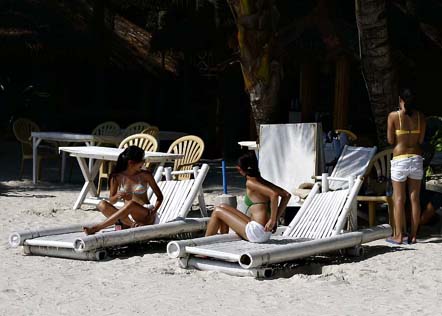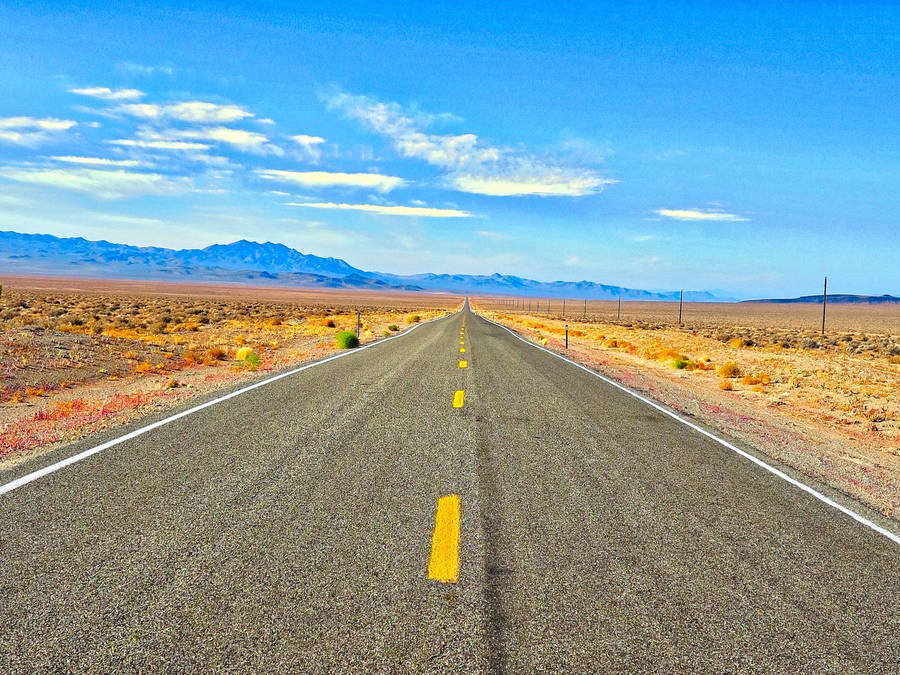Found just to the south of Cuba and to the north west of Jamaica, the Cayman Islands rank as the 5th largest offshore banking centre in the World. Since the 1960s these islands have grown to one of the most popular scuba-diving destinations in the World. They boast spectacular underwater walls, caverns and reefs.
Despite being a British Overseas Territory, the majority of the tourists are Americans. It is only around 90 minutes flying time from Florida. With its short flying time and English as the official language, along with a low crime rate, it is no wonder that thousands of Americans have a Cayman Islands holiday each year.
After getting blown off course while sailing between Panama and Hispaniola (the island shared by Haiti and the Dominican Republic) in 1503 Christopher Columbus accidentally discovered the smaller two of the three island that now make up the Cayman Islands. As there was a high concentration of turtles on these islands, Columbus called them ‘Las Tortugas’, which is Spanish for turtle. These two islands are now known as Cayman Brac and Little Cayman.
The name didn’t last as when Sir Francis Drake sailed through, he renamed them after another animal, the now extinct caimans (related to crocodiles). The Islands became part of the British Empire in 1670 under the Treaty of Madrid. The Cayman Islands where then governed as a Jamaican dependency until 1962 when Jamaica became an independent country. The Cayman Islands chose to remain as a British Colony.
The old sea based industries such as fishing and working about merchant ships have been replaced by finance and tourism as the major providers for the Cayman economy, with most locals and expats working in one or the other. Grand Cayman at 78 square miles is the largest of the three islands that make up the Cayman Islands. It is also the most the most populated and developed.
George Town is the capital of Grand Cayman and is fairly quiet, apart on cruise ship days, when it seems that every square inch of pavement is taken. Cruise ships arrive two to three times a week, and up to four ships can arrive at any one time. If you are booking a trip to Stingray City or Rum Point, it is best to avoid these peak times.
Like it’s sister islands, Grand Cayman has a museum, the Cayman National Museum. This building has had a varied past, before it became home to the museum it was a court house and jail, as well as a place of worship. In fact the former jail is now the gift shop.
Seven Mile Beach is the main place to be as far as most of the tourists are concerned. It is a wide stretch of powder soft white sand that follows the contours of the west side of the Island between George Town and West Bay. This beach is paired with generally calm and clear water. There is a barrier reef which protects the beach from strong waves and currents, making Seven Mile Beach the ideal place to learn how to swim, as there is also a gentle slope heading out into the sea.
Most of the resort hotels can be found on seven Mile Beach, and although its popular, it never seems overcrowded. But if you do want a little more peace and quiet, walk along the beach until you get away from the hotels and condos. This beach is public, so any property that is built on it must allow people to access it. This is usually done by building alley ways between hotels and other buildings. Although if you want a sun lounger, you’d better be a guest at a hotel or a customer at one of the beach bars!
The other major attraction is Stingray City, which is in the North Sound. In around 12 feet of warm crystal clear water you can get up close to Atlantic southern stingrays. These fish were attracted to the area as fishermen used the area to clean their catch. This was aided by local divers offering snacks to them. Now they know that a boat means food. If 12 feet seems to daunting, they can also be seen at the nearby sandbar, where you can stand waist deep in the water.
Grand Cayman can be reached by direct flights from Heathrow Airport, flying with British Airways. Although the flight is ‘direct’, there is a touchdown in the Bahamas. Cayman Brac is one of the best places to visit if you are after an active Caribbean holiday. It is much more rugged than Little Cayman, with only a few beaches. The draw to the Brac, as it is known locally, is the diving and hiking available. It is around 80 miles north east of Grand Cayman, and is reached by air. Cayman Airways flies a loop from Grand Cayman to Little Cayman to Cayman Brac, but not always in that order.
In common with its sister islands, the Brac has a museum, which displays local history. There is also the chance to see a Cayman Brac parrot in its natural habitat at the Brac Parrot Reserve. This parrot is now found only on Cayman Brac, although it used to inhabit Little Cayman. It is believed that the last remaining parrots were wiped out from there in the great storm of 1932. The Cayman Brac Parrot has the smallest range of any Amazon parrot and so is one of the rarest.
It is possible to shore dive, especially on the calmer north side of the island, but you will need a boat for the better sites, which are around 10 – 20 minutes away. Here you will find walls, ells, large schools of fish and sponges. The beaches on the Brac are nothing like those found on its sister islands. What sandy beaches there are have plenty of sea grass. Although there is one ‘good’ beach (which is public) on the south side of the island. Most of the hotels can be found close by.
There are more hiking trails here than at Little Cayman, which are well sign posted by white Heritage Site signs. This is the best way to explore the island. The longest one takes around three hours, but most require either a car or a bicycle as they are away from the hotels. Free guides are available from the Brac department of Tourism and most hotels offer free maps. Proper hiking boots should be worn as the ground can be made up of sharp ironshore. If you are feeling brave there are many caves which you can walk into, just don’t disturb the bats. Also try to finish before sunset as this is peak mosquito time.
When you land at Little Cayman you may notice the road signs that state ‘Iguanas have right of way’! Of the three islands that make up the Cayman Islands, Little Cayman is the least developed. Tourists who visit are from one of three groups; scuba-divers, nature lovers or people who want to get away from it all. For the nature lovers there are the abundant Iguanas that roam the Island, along with a National Trust bird sanctuary which is home to red-footed boobies. The mangroves are also home to many other birds, such as West Indian whistling ducks, herons, frigates and egrets.
For the scuba-divers there is Bloody Bay Wall, which is one of the World’s best diving sites. A wall is a sudden, sheer drop-off plunging down into the depths. With Bloody Bay Wall the sea floor ends abruptly at a depth of only 18 – 25 feet, dropping off into a 6,000 foot vertical cliff. This wall is covered in coral and sponge life, and is home to numerous fish and crabs.
For the people who want to get away from it all, there really isn’t much else to do. They could cycle around the island, which won’t take long. There is a small museum to visit. Or they might like to hire a car for the day if cycling is too much effort. Other than that its lie on the beach, eat at the hotel, or at the only stand alone restaurant – the Hungry Iguana Restaurant and Bar. If they are feeling really energetic, then deep sea fishing is an option, or bonefish fishing on the flats.
To get to Cayman Brac or Little Cayman you fly in as part of the Grand Cayman – Cayman Brac – Little Cayman loop flown by Cayman Airways. For help in planning your Cayman Islands holiday, contact John Guinn at Holiday Hut. As a trained Cayman Specialist he will ensure that you get the most from your time there.
















